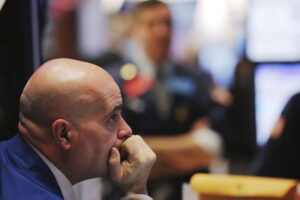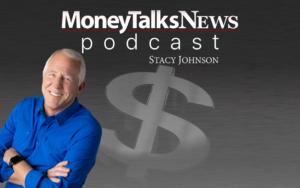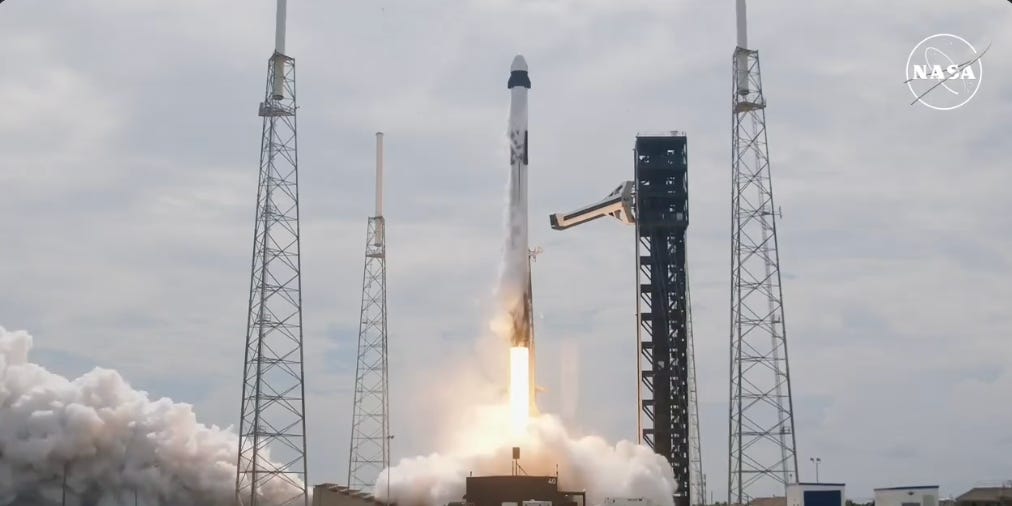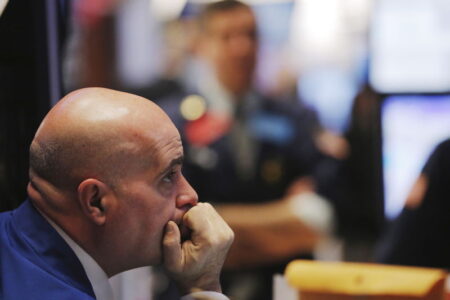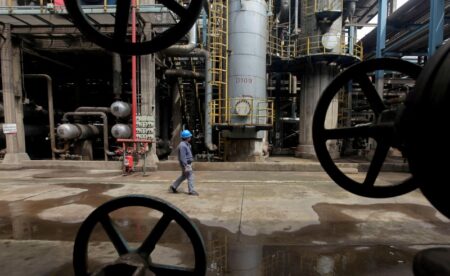- SpaceX launched a half-empty Crew Dragon for two Boeing astronauts awaiting a trip home.
- NASA made a hard call after Boeing’s spaceship glitched. The astronauts won’t return until 2025.
- SpaceX’s spaceship has outpaced Boeing’s, delivering astronauts faster for nearly half the cost.
SpaceX just launched a half-empty Crew Dragon spaceship into orbit for two astronauts who have been waiting for a trip home.
Normally, Crew Dragon carries four astronauts to space at a time, but for the launch on Saturday, only two were aboard.
The unusual mission is the result of one of the toughest safety decisions NASA has had to make in decades. It’s also a huge blow to Boeing’s space program.
Boeing’s astronauts have been stuck in space for months
In June, Butch Wilmore and Suni Williams became the first astronauts to fly aboard Boeing’s Starliner ship, which is supposed to be another ship in NASA’s roster alongside the SpaceX Crew Dragon. The duo was conducting the ship’s first crewed test flight, designed to prove it was ready for routine human spaceflight.
But the Starliner’s thrusters started glitching as it approached the International Space Station shortly after launch.
After some troubleshooting, the ship ultimately docked to the ISS and Williams and Wilmore made it to the station safely. NASA and Boeing weren’t sure how the thrusters would perform on the way back to Earth, though.
After weeks of testing, analysis, and reviews, NASA officials did not feel confident enough to trust Starliner with the astronauts’ lives again.
In a decision that shook up the agency’s human spaceflight schedule, NASA sent Starliner back to Earth without its crew.
Wilmore and Williams will instead return on the Crew Dragon that launched Saturday. Two other astronauts, Nick Hague and Aleksandr Gorbunov, are inside the ship as it flies to the ISS. Wilmore and Williams will join their mission, called Crew-9, and complete its months-long planned shift on the station.
That means Wilmore and Williams come home in February at the earliest.
Their mission was originally planned for about eight days, though NASA officials have said that was a tentative timeline since they were conducting a test flight.
SpaceX clobbered Boeing in this space race
SpaceX and Boeing developed and flew their respective spaceships through the same NASA initiative, the Commercial Crew Program.
One was much cheaper, though. NASA granted Boeing $4.2 billion to get Starliner space-station ready, and gave SpaceX $2.6 billion for Crew Dragon.
What’s more, SpaceX did it faster. Crew Dragon successfully flew its first astronauts four years ago and has been shuttling people to and from the ISS ever since.
The Commercial Crew Program was never a competition, NASA officials have said. But SpaceX founder and CEO Elon Musk tauntingly pointed out the disparities in an X post ahead of Williams’ and Wilmore’s launch aboard Starliner.
Although Boeing got $4.2 billion to develop an astronaut capsule and SpaceX only got $2.6 billion, SpaceX finished 4 years sooner.
Note, the crew capsule design of Dragon 2 has almost nothing in common with Dragon 1.
Too many non-technical managers at Boeing. https://t.co/bTXWAfxfrh
— Elon Musk (@elonmusk) May 6, 2024
Boeing’s agreement with NASA is a fixed-price contract, which means the company has had to cover all additional expenses. With multiple technical issues and delays throughout the spaceship’s development, according to SpaceNews, Boeing has lost about $1.6 billion on Starliner.
The fate of Starliner is unclear. NASA has not yet announced whether the ship will need additional testing to make it eligible for regular astronaut rotations.
Starliner’s uncrewed return was a success
Starliner landed in the New Mexico desert under its parachutes on September 6.
Steve Stich, the head of the NASA Commercial Crew Program, later said the astronauts would have been “safe” returning aboard Starliner.
Hindsight, of course, is twenty-twenty.
“If we’d had a model that would have predicted what we saw tonight perfectly, yeah, it looks like an easy decision to go say we could have had a crewed fight,” Stich said after the Starliner landing. “But we didn’t have that.”
Astronauts left behind
Meanwhile, two NASA astronauts who were supposed to be part of the Crew-9 mission had to stay behind.
Instead of launching with their crewmates on Saturday, Zena Cardman and Stephanie Wilson watched from the ground.
Crew-9 would have been Cardman’s first spaceflight and Wilson’s fourth. But their seats in the Crew Dragon are empty, since NASA is reserving them for Williams and Wilmore when the spaceship returns to Earth next year.
In an X post, Cardman said that handing the spaceship over to Hague was “both heartbreaking and an honor.”
She wished they could all fly together, she added, “but we choose without hesitation to be part of something much larger than ourselves.”
Cardman appeared during NASA’s livestream of the launch on Saturday, when she called the situation “bittersweet.”
“It’s bittersweet, but it’s a really beautiful thing,” she said. “Any launch is a testament to the power of collaboration — this launch, maybe even more so than usual.”
Wilson, who also appeared during the livestream, praised Hague and Gorbunov.
“They have trained for this moment and are ready to execute the mission,” she said.
Meanwhile, the two Starliner astronauts will continue working full-time conducting experiments and maintenance on the ISS.
In a call with reporters on September 13, Williams said she missed her two dogs, and Wilmore said he would miss most of his daughter’s senior year of high school. But both were adamant that this is all part of the job.
“It’s a very risky business and things do not always turn out the way you want,” Wilmore said.
“90% of our training is preparing for the unexpected,” he added. “Because we are pushing the edges of the envelope in everything that we do and it is not easy.”
Read the full article here





